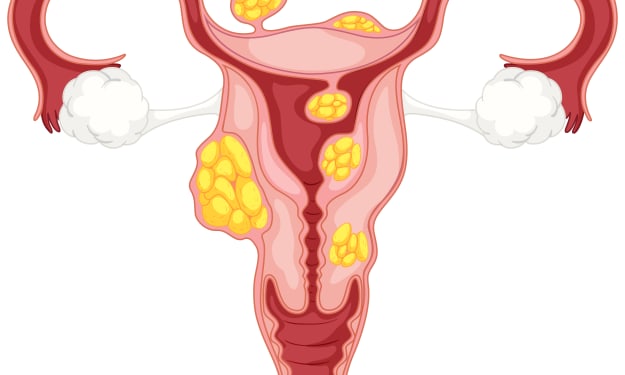Gallbladder Stones and Surgery
Understanding Treatment Options for Effective Gallbladder Stone Removal

Introduction:
The gallbladder plays a crucial role in the digestive system, storing and releasing bile to aid in the digestion of fats. However, it is susceptible to a common and often painful condition known as gallstones. These hardened deposits can obstruct the flow of bile and lead to various symptoms. In this blog post, we will delve into the causes, symptoms, and treatment options for gallbladder stones, focusing on the importance of gallbladder stone removal surgery as an effective treatment method.
Understanding Gallbladder Stones:
Gallbladder stones, also known as gallstones, are solid particles that form within the gallbladder. They can range in size from tiny grains to larger stones, and they are typically composed of cholesterol, bile pigments, or a combination of both. Gallstones can vary in number and severity, and they can lead to complications if left untreated.
Causes and Risk Factors:
The precise cause of gallstone formation is not fully understood, but several factors contribute to their development:
Excessive Cholesterol: When bile contains too much cholesterol, it can crystallize and form gallstones.
Bilirubin Imbalance: An imbalance in the levels of bilirubin, a yellow pigment in bile, can contribute to the formation of pigment gallstones.
Gallbladder Dysfunction: If the gallbladder does not empty properly or frequently enough, bile may become concentrated, increasing the risk of stone formation.
Obesity and Rapid Weight Loss: Obesity and sudden weight loss can disrupt the balance of cholesterol and bile salts in the gallbladder, leading to stone formation.
Gender and Age: Women, especially those over 40, are more prone to gallstones due to hormonal factors. Additionally, certain ethnicities and a family history of gallstones can increase the risk.
Common Symptoms:
Gallstones can cause various symptoms, ranging from mild to severe:
Abdominal Pain: The most common symptom is intense pain in the upper abdomen, typically on the right side. This pain can occur after eating fatty or greasy foods and may radiate to the back or shoulder.
Digestive Issues: Nausea, vomiting, bloating, and indigestion are common symptoms associated with gallstones.
Jaundice: If a gallstone blocks the bile duct, it can lead to yellowing of the skin and eyes (jaundice) due to the buildup of bilirubin.
Fever and Chills: In cases of infection or inflammation of the gallbladder, fever, and chills may accompany other symptoms.
Gallbladder Stone Treatment Options:
Conservative Management: When gallstones are small and do not cause symptoms, a "wait and see" approach may be recommended. This typically involves regular monitoring and adopting a healthy lifestyle.
Medications: Certain medications, such as bile acid pills, can be prescribed to dissolve cholesterol gallstones. However, this treatment is typically slow and less effective.
Gallbladder Stone Removal Surgery:
a. Laparoscopic Cholecystectomy: This minimally invasive procedure involves removing the gallbladder through small incisions. It is the most common and effective treatment for gallstones, offering quicker recovery and minimal scarring.
b. Open Cholecystectomy: In cases where laparoscopic surgery is not feasible or complications exist, an open cholecystectomy may be performed. It requires a larger incision and a longer recovery period.
Benefits of Gallbladder Stone Removal Surgery:
Gallbladder stone removal surgery is often recommended for symptomatic gallstones or those causing complications. Here are some key advantages:
Complete Removal: Surgery ensures the complete removal of the gallbladder and all gallstones, eliminating the risk of future stone-related issues.
Symptom Relief: Surgery effectively alleviates the pain and discomfort caused by gallstones, improving the patient's quality of life.
Lowered Risk of Complications: Removing the gallbladder reduces the risk of potentially serious complications, such as gallbladder inflammation (cholecystitis) or bile duct blockage.
Minimal Invasive Techniques: Laparoscopic surgery offers a minimally invasive approach, resulting in shorter hospital stays, faster recovery, and smaller scars.
Conclusion:
Gallbladder stones can significantly impact a person's well-being and require timely treatment to prevent complications. While conservative management and medications may be suitable for some cases, gallbladder stone removal surgery remains the most effective and widely used treatment option. If you experience symptoms associated with gallstones, consult a healthcare professional to determine the most appropriate treatment plan for your condition. Swift action can restore your gallbladder health, alleviate symptoms, and help you regain your quality of life.
About the Creator
RG Hospital
RG Hospital offers unrivaled expertise, state-of-the-art facilities, and personalized care. Trust the best urology hospital in India to deliver world-class care and innovative solutions for all your urological needs.






Comments
There are no comments for this story
Be the first to respond and start the conversation.